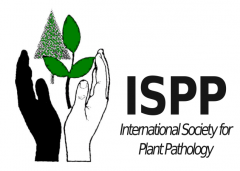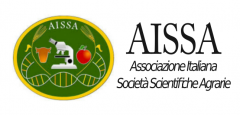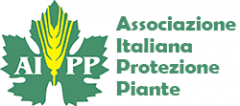PECTOBACTERIUM CAROTOVORUM subsp ODORIFERUM ON CABBAGE AND CHINESE CABBAGE: IDENTIFICATION CHARACTERIZATION AND TAXONOMIC RELATEDNESS OF BACTERIAL SOFT ROT CAUSAL AGENTS
M. Oskiera, M. Kałużna, B. Kowalska, U. Smolińska
doi: 10.4454/jpp.v99i1.3831
Abstract:
This study was aimed to isolate, identify and characterize Pectobacterium spp. causing soft rot disease of cabbage and Chinese cabbage in Central Poland. Of fifty two plant samples of cabbage and Chinese cabbage showing disease symptoms collected in Central Poland from 2007-2010, 542 bacterial isolates were obtained. Of isolates 117 caused soft rot on cabbage and Chinese cabbage leaves and potato slices and showed pectinolytic activity on crystal violet pectate medium. PCR using Y1/Y2 primers specific for Pectobacterium genus revealed that twenty three of them belonged to this genus. Phenotypic characterization in combination with DNA-based typing methods (rep-PCRs) and sequence analysis of 16S rRNA, and housekeeping genes gyrB, infB, rpoB, atpD, and rpoS (MultiLocus Sequence Typing) done for 12 Polish representatives and reference strains allowed for their identification and revealed genetic diversity. Additional phylogeny analysis of the rpoS gene for Polish and worldwide well defined Pectobacterium spp. strains allowed to classify obtained strains into Pectobacterium spp. phylogenetic clusters (PcI-PcV). The presented studies showed that 8 of 12 isolated Pectobacterium carotovorum strains belong to the Pectobacterium carotovorum subsp. carotovorum (Pcc) cluster PcII and other four strains belong to the subspecies Pectobacterium carotovorum subsp. odoriferum (Pco) cluster PcIII. To our knowledge, this is the first report that P. carotovorum subsp. odoriferum cause soft rot of cabbage and Chinese cabbage in Central Poland.




